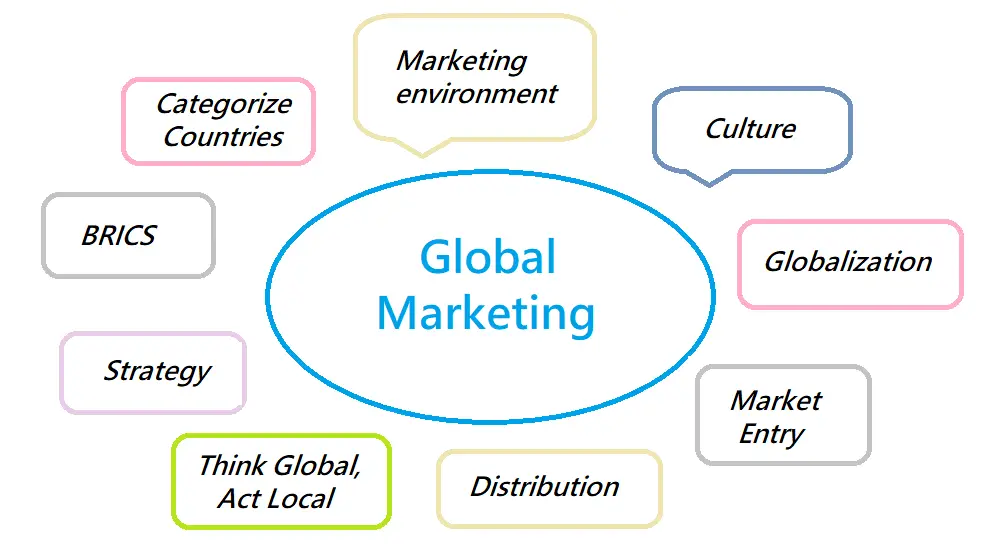

During the last decade or so, the advantages of aseptic filling era in comparison to conventional sizzling filling ways have transform widely recognized within the foods and drinks sector. The advantages with regards to product high quality had been smartly documented and mentioned.1 Alternatively, the environmental advantages, each with regards to power intake and standard lifestyles cycle research of this packaging means are much less understood.
Plenty of Lifestyles Cycle Research (LCA) research have proven that aseptic filling ways the use of extremely warmth remedy (UHT) techniques of pasteurisation or sterilisation, that are in response to warmth exchangers, normally have decrease environmental affects.2,3 That is down to 2 primary components: the packaging used within the two other processes and the power footprint of the method itself.
The thermal processing of foods and drinks merchandise, and the manufacturing of the related packaging have important environmental affects.2 Alternatively, in spite of this there were few research taking a look on the power footprint and different environmental affects of those processes.
Aseptic filling supplies powerful product high quality, minimum thermal have an effect on at the beverage, and larger bottle design flexibility having the ability to use lighter weight PET bottles or cartons. Against this, sizzling filling calls for the next power requirement, has a thermal have an effect on at the beverage itself, and has much less flexibility of bottle design than aseptic filling.
Key distinction between techniques
In an aseptic (chilly fill) machine, the product is pasteurised or sterilised the use of UHT techniques after which cooled right away. It’s then positioned within the packaging which has both been pre-sterilised (or is occasionally sterilised at filling). Warmth exchangers are normally used for each the heating and cooling processes, enabling very environment friendly warmth switch and the usage of warmth regeneration to minimise the entire power requirement. In those scenarios, ‘substantial power is stored by way of the use of the recent product’s warmth to pre-heat the chilly one, and vice versa.2
In a sizzling filling machine, the product is pasteurised or sterilised (the use of warmth exchangers or different thermal applied sciences). The packaging is then stuffed at a top temperature (generally between 80 and 92 °C) which has the results of sterilising the packaging. The packaging is then tilted or agitated to make sure entire touch with the recent product and the temperature is maintained for a specified duration, similar to two mins. After this the packing and the product are cooled. How that is accomplished, and the way quickly after filling the method is performed, rely at the product and the packaging. Standard strategies come with blast tunnels, falling water coolers and even chilly garage.
Whilst the preliminary capital funding in an aseptic machine is ceaselessly upper than for a related sizzling fill machine, aseptic techniques have decrease day by day operational prices (e.g., much less power utilization) and make allowance for the usage of lighter weight PET bottles. Because of this, the General Price of Possession (TOC) of an aseptic machine is less than for a sizzling fill machine.
Distinction in packaging LCA
In observe there are lots of various kinds of packaging utilized in each techniques, even though typically phrases board-based cartons and lightweight PET bottles are used with aseptic techniques, whilst sizzling fill machines are related to heavier PET bottles, glass or cans.
To be able to as it should be evaluate the environmental have an effect on of each techniques, some researchers when put next aseptic and sizzling fill techniques in response to the manufacturing of 500 ml PET bottles of orange juice.2 As a result of a thicker gauge of plastic bottle is needed to resist the upper temperatures in sizzling filling techniques, extra plastic is used (on this instance 24 g for warm filling as opposed to 16 g for aseptic filling). Because of this, the greenhouse gasoline (GHG) emissions related to the packaging are 80.4 g CO2e in step with bottle for the recent fill procedure, in comparison to 61.8 g CO2e in step with bottle for aseptic filling – a saving of 23.1%.
Distinction in power intake
The variation in power intake between the 2 techniques is because of other warmth remedy, filling and cooling strategies has ceaselessly been left out by way of researchers. One standard (and completely erroneous) remark is, ‘the vigorous matrix was once assumed to be the similar for all techniques.’4 That is patently unfaithful, as different research have proven that ‘There are a number of benefits to aseptic processing and packaging over conventional pasteurisation. Benefits come with prolonged shelf lifestyles [and]decrease power prices,’3
The place the power footprint of aseptic filling has been in comparison to sizzling filling ways,2 it has proven that, ‘the product remedy in sizzling filling seems to have upper affects die to the upper power requirement that happens all through the warming and the chilling levels’ and, ‘in sizzling filling techniques the warmth of the handled product can’t be recovered.’
One of the vital advantages are much less transparent lower than could also be meant and range in keeping with the heating medium supply (similar to steam), in addition to {the electrical} and compressed air intake of various machine parts. Alternatively, the use of warmth exchangers with power restoration supplies important power financial savings.
Regardless of those headaches, the use of the similar 500 ml PET bottles of orange juice instance above, GHG emissions related to power intake by way of the method have been 31.6 g CO2e in step with bottle for the recent fill procedure, in comparison to 24.4 g CO2e in step with bottle for aseptic filling – a saving of five.32%. Whilst this will likely appear small, when carried out as much as a theoretical manufacturing of 250 million bottles in step with yr, this represents a saving of greater than 1,500 tonnes of CO2e every yr.
In response to our enjoy of thermal processing techniques around the globe, at HRS we consider that the GHG affects of sizzling filling era are in reality upper than this. There are a selection of various ways used to chill product and packaging after sizzling filling, and now not all of those are as power environment friendly because the chilled-water drench described within the above learn about. As an example, the place chilly rooms are used, their total cooling potency is low and {the electrical} power necessities are important.
The blended results
As power costs around the world upward thrust abruptly, and the want to take motion on local weather alternate intensifies, an increasing number of foods and drinks producers want to cut back the power prices in their manufacturing processes. Switching from sizzling fill to aseptic manufacturing strains is an increasing number of sexy, and for brand new strains, the arguments for adopting aseptic ways are transparent.
Because the medical research above display, total GHG financial savings of 24.9 g CO2e in step with bottle are imaginable, one thing this is some distance from important. To speak about how the HRS vary of warmth exchangers, pasteurisation and sterilisation applied sciences, and entire aseptic remedy and filling techniques, can assist your online business to grasp those financial and environmental financial savings, please touch us.
Similar
Supply By means of https://industrialnews.co.united kingdom/the-environmental-benefits-of-aseptic-filling/







